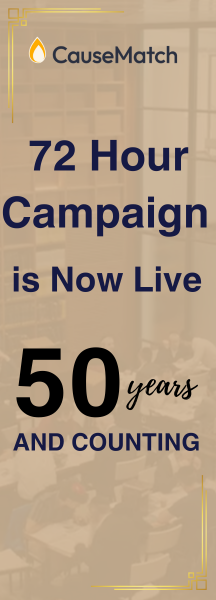Shabbos 93 - 99
A Little Leaning
Two people carry a heavy object from a private domain to a public domain on Shabbos. One of them could have carried it by himself while the other could not. Only the first is considered as having violated the Shabbos. The support given by the second is considered insignificant.
In support of this ruling Rabbi Ashi cites a mishnah (Zevachim 24a) which discusses the case of a kohen in the Beis Hamikdash performing the sacrificial service with one foot on the floor and the other on a vessel. If the kohen would remain standing even if the vessel were removed, he has satisfied the requirement that the service be performed while standing on the Beis Hamikdash floor. The support supplied by the vessel is considered insignificant and does not disqualify his service.
Prayer is compared to service in the Beis Hamikdash and one is therefore required to stand while reciting the central prayer of Shmoneh Esrei (Shulchan Aruch Orach Chaim 98:4). What if he leans on a person or object, but would be able to remain standing even if that support were removed?
It is clear from the above that if the only source for standing in prayer were to approximate the sacrificial service, there would be no problem in a little leaning which is expendable. This is indeed the view of some authorities. Others, however, contend that the reason for standing in prayer is to express the awe of one standing before his Creator, just as standing is required of one who reads the Torah for the public in the synagogue (Orach Chaim 141:1). If this is the source, then even a little leaning is considered inappropriate.
The ruling of the Mishnah Berurah (94:22) is to act according to the more stringent view and avoid any sort of leaning during Shmoneh Esrei, and to rely on the more lenient view only in cases of emergency.
-
Shabbos 93b
The Crowning Glory
When the Torah describes how the Creator took a rib from the first man and formed it into the first woman it uses the term vayiven. Although the literal meaning of the word is to build, it also has the connotation of braiding hair. This confluence of meanings led our Sages to the conclusion that braiding hair on Shabbos is forbidden, because it is tantamount to building which is one of the 39 categories of forbidden creative labor.
But what sort of hair braiding was going on when Hashem built Chava out of Adam's rib?
The answer is supplied by Rabbi Shimon ben Menasia who informs us that Hashem braided Chava's hair before bringing her to her mate.
This idea finds eloquent expression in the sheva berachos blessings said at a Jewish wedding. In one of these blessings, we praise Hashem "Who created everything for His glory." Rashi (Kesuvos 8a) explains that this blessing is really a tribute to all the wedding guests whose kind participation in bringing joy to the couple is a reflection of Hashem's glory, which was expressed in the kindness He showed the first couple in history by handling all the arrangements of their wedding. From Rabbi Shimon's statement we see that the Creator's involvement covered even the minutest detail of assuring that the bride's hair was properly arranged.
Two blessings later we seem to return to this theme when we recall that Hashem created man and then formed from him "a building to last forever." This building, Rashi (ibid.) explains, is the woman built from his rib, and refers to the institution of feminine companionship which would persevere throughout the generations.
Both of these blessings express the extraordinary kindness of Hashem in not only creating woman as a companion to man and a partner in fulfilling the potential which was instilled in the premier product of creation, but also in adding the special touch of feminine pulchritude which would enhance that special relationship.
-
Shabbos 95a







